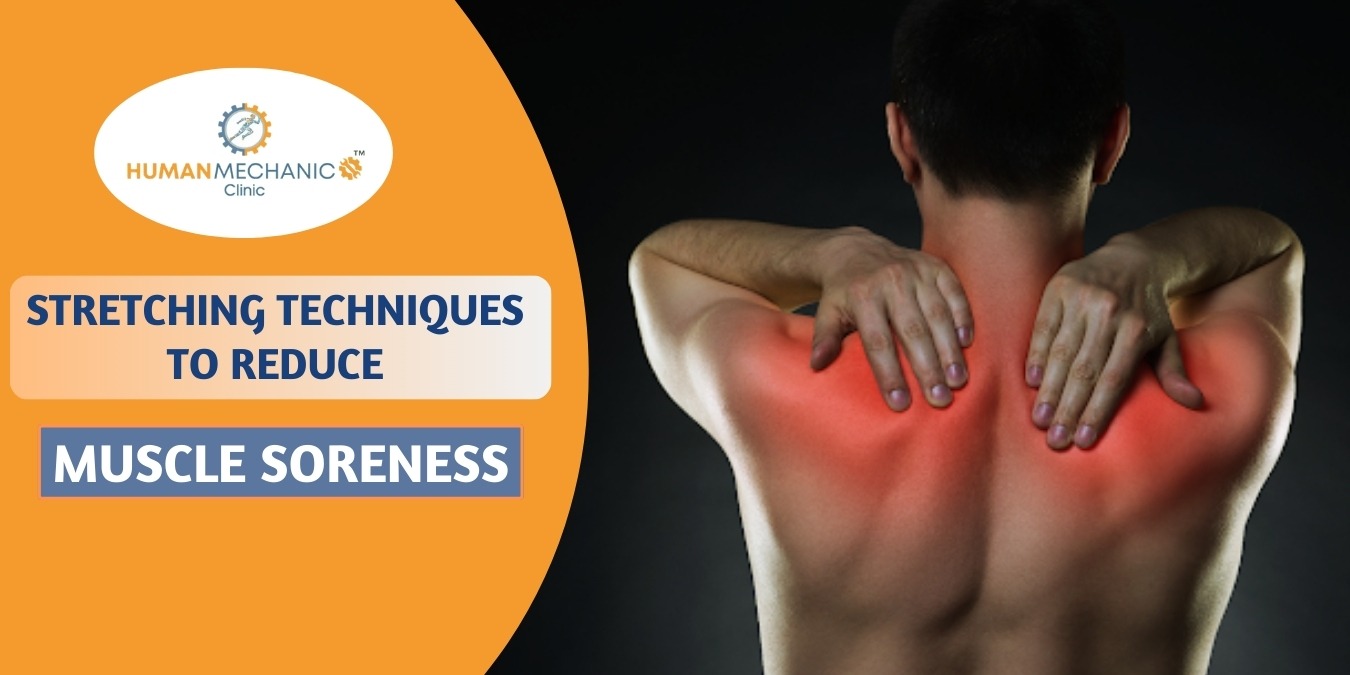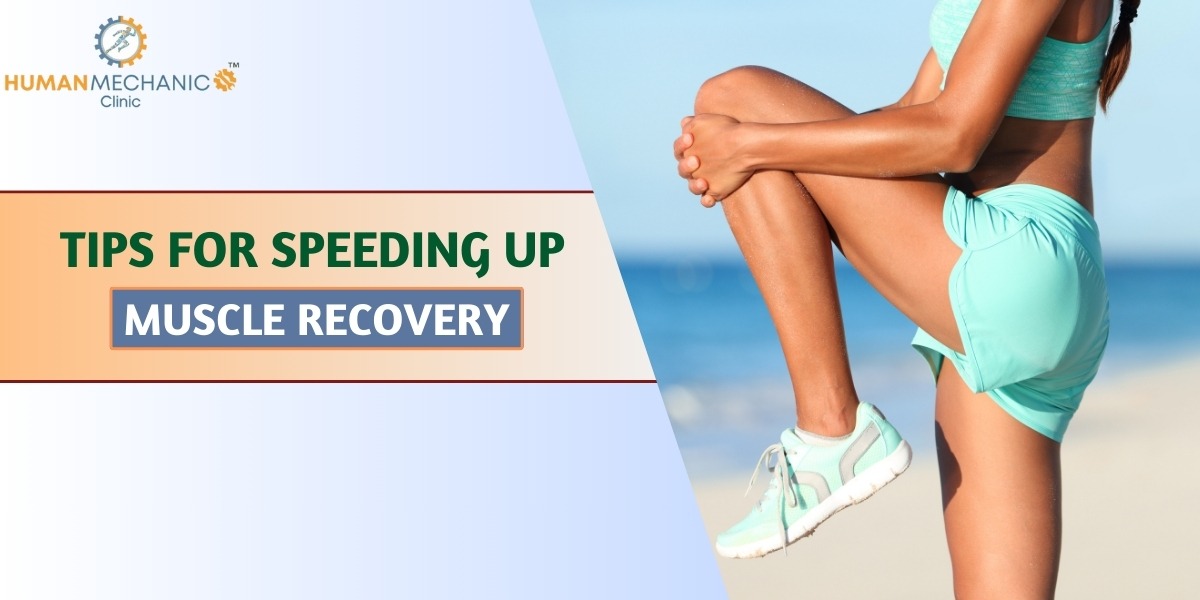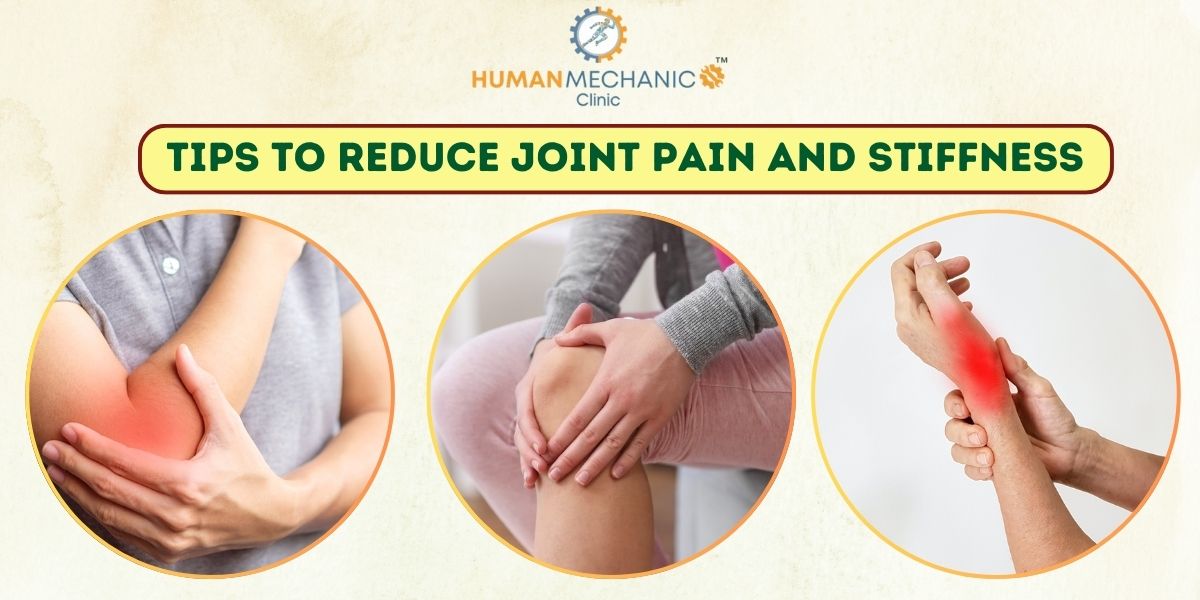Best Stretching Techniques to Reduce Muscle Soreness
Best Stretching Techniques to Reduce Muscle Soreness Muscle soreness or pain after exercise or activity, also known as delayed onset muscle soreness (DOMS), typically occurs 24-48 hours after intense physical activity. It is caused by microscopic damage to muscle fibers during exercise, particularly when the muscles are doing eccentric (lengthening) contractions. Here are some stretching exercises that can help in managing muscle soreness without any medication. Stretching can be very effective in relieving muscle soreness. Here are some of the best stretches you can try: Quadriceps Stretch: Stand on one leg, grab the ankle of the other leg, and pull your heel towards your buttocks. Hold onto something for balance if needed. Hamstring Stretch: Sit on the floor with one leg extended and the other bent so that the sole of your foot rests against your inner thigh. Lean forward from your hips toward your extended leg, keeping your back straight. Calf Stretch: Stand facing a wall with one foot in front of the other, front knee slightly bent. Keep your back leg straight and heel on the ground, then lean forward until you feel a stretch in your calf. Hip Flexor Stretch: Kneel on one knee, with the other foot in front, forming a 90-degree angle. Lean forward into the stretch, keeping your back straight. Lower Back Stretch: Lie on your back and pull one knee towards your chest, holding it with both hands. Repeat with the other leg. Shoulder Stretch: Bring one arm across your body and gently push it towards your chest with your other arm. Hold the stretch and then switch arms. Neck Stretch: Slowly tilt your head to one side, bringing your ear towards your shoulder, and hold Repeat on the other side. When stretching, it’s important to do it gently and slowly, and hold each stretch for about 20 seconds seconds without bouncing. Stretching helps improve blood flow to the muscles, which can aid in reducing soreness. A physiotherapist is the best person who can guide you with proper, effective and specific stretches. To learn more regarding muscle pain after exercise and it’s management shedule an appointment at Human Mechanic Clinic. Blog Written By Dr. Nishant Kawade – Consultant Physiotherapist at Human Mechanic Clinic Hadapsar, Pune FAQS What is delayed onset muscle soreness (DOMS)? Delayed onset muscle soreness (DOMS) is muscle pain or stiffness that occurs 24-48 hours after intense physical activity. It is caused by microscopic damage to muscle fibers, particularly during eccentric (lengthening) contractions. How can stretching help with muscle soreness? Stretching improves blood flow to the muscles, which can aid in reducing soreness and speeding up recovery. Gentle and slow stretching can alleviate muscle tension and promote flexibility. What are some effective stretches for relieving muscle soreness? Effective stretches include the quadriceps stretch, hamstring stretch, calf stretch, hip flexor stretch, lower back stretch, shoulder stretch, and neck stretch. Each stretch should be held for about 20 seconds without bouncing. When should I seek professional help for muscle soreness? If muscle soreness persists for more than a few days, is severe, or is accompanied by swelling, redness, or loss of function, it’s advisable to seek help from a physiotherapist or healthcare professional. They can provide specific stretches and treatments tailored to your needs.





